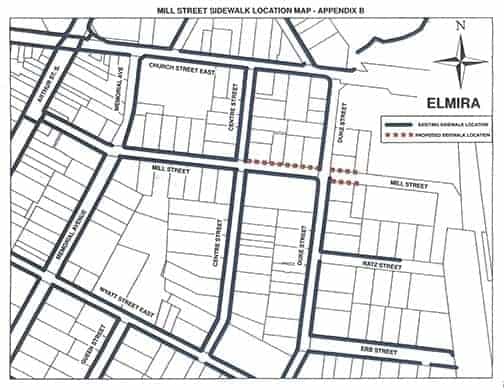;
;
;
Next Article
Township drops plans for new sidewalk on Mill Street

What is it about sidewalks that gets people so incensed? Ever since the “great First Street rebellion” of the late 1990s, no issue has consistently galvanized residents like plans to install a strip of concrete along township property. In a scene reminiscent of one that played out three years ago wi
Last updated on May 04, 23
Posted on Apr 17, 14
2 min read
